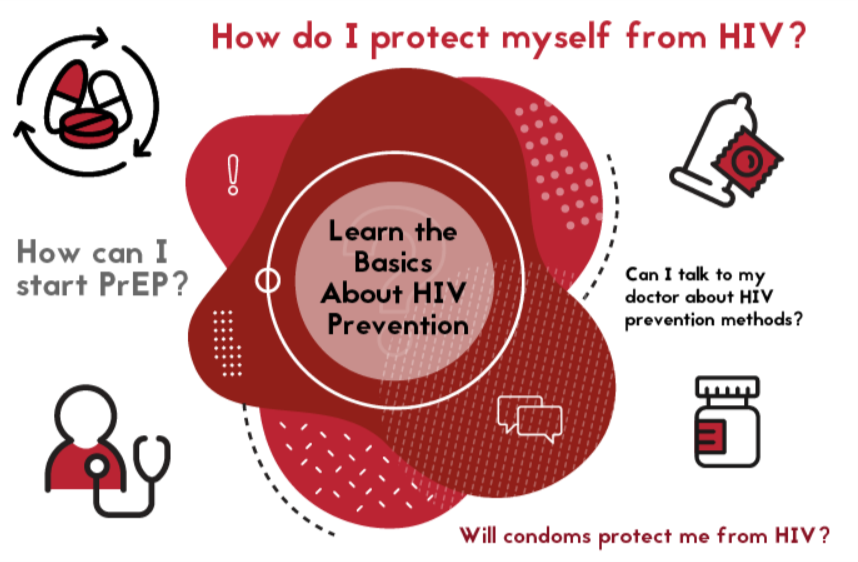Pre-Exposure Prophylaxis (PrEP)
PrEP is a prescription medication designed for people at higher risk of contracting HIV. Taken once daily, PrEP reduces the risk of infection by up to 99% when used consistently. It is safe, effective, and increasingly accessible through healthcare providers, insurance coverage, and public health programs. For individuals who want additional reassurance, PrEP is one of the most reliable prevention tools available.
Condom Use
Condoms remain one of the most affordable and widely available prevention methods. By serving as a physical barrier during sexual activity, condoms prevent the exchange of bodily fluids that can transmit HIV and other sexually transmitted infections (STIs). They are easy to use, can be purchased at pharmacies and clinics, and offer peace of mind as part of safer sex practices.
Regular HIV Testing
Knowing your HIV status is a vital part of prevention. Regular testing allows individuals to detect the virus early, begin treatment promptly, and prevent unintentional transmission. Many clinics, community organizations, and public health programs offer free or low-cost HIV testing, making it easier for everyone to take charge of their health.
Education and Awareness
Education is key to stopping the spread of HIV. Clear and accurate information about how HIV is transmitted—and how it is not—helps reduce fear and stigma. Schools, community centers, and healthcare providers often run programs that empower individuals with the knowledge they need to make safer choices.
Combining Prevention Approaches
The most effective prevention strategy is a combination approach. For example, taking PrEP while also using condoms and getting tested regularly provides maximum protection. This layered method not only strengthens personal safety but also reduces transmission rates across communities, creating a stronger public health defense.
Final Thoughts
Preventing HIV requires both individual action and community support. By taking advantage of tools like PrEP, condoms, regular testing, and education, everyone can play a role in reducing the spread of HIV. Protecting yourself also means protecting others—together, we can build healthier, safer communities.

